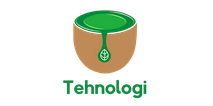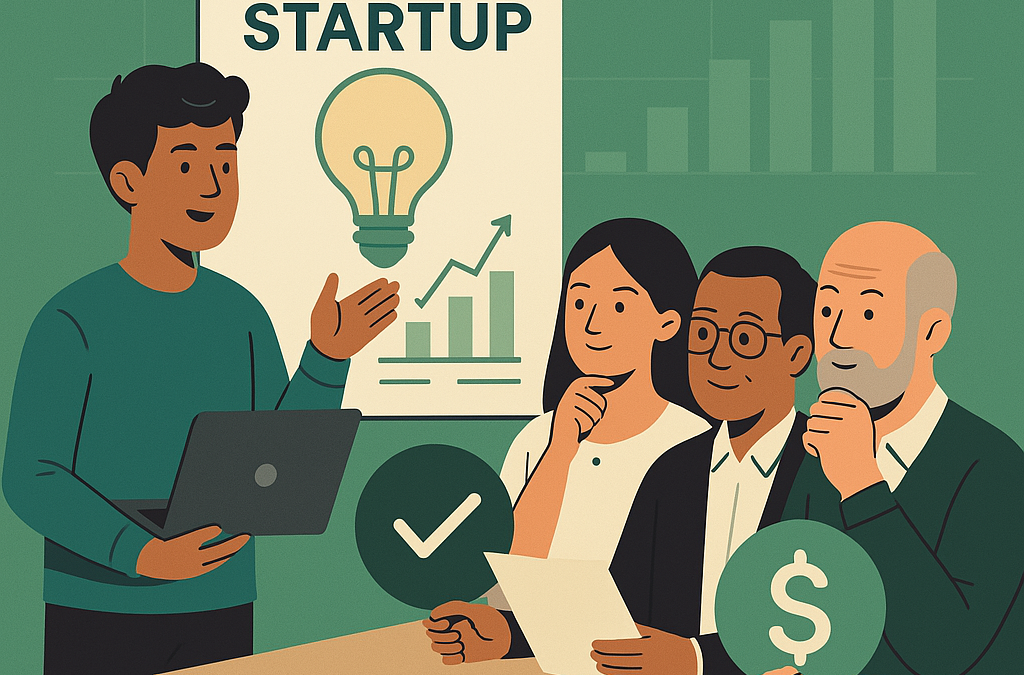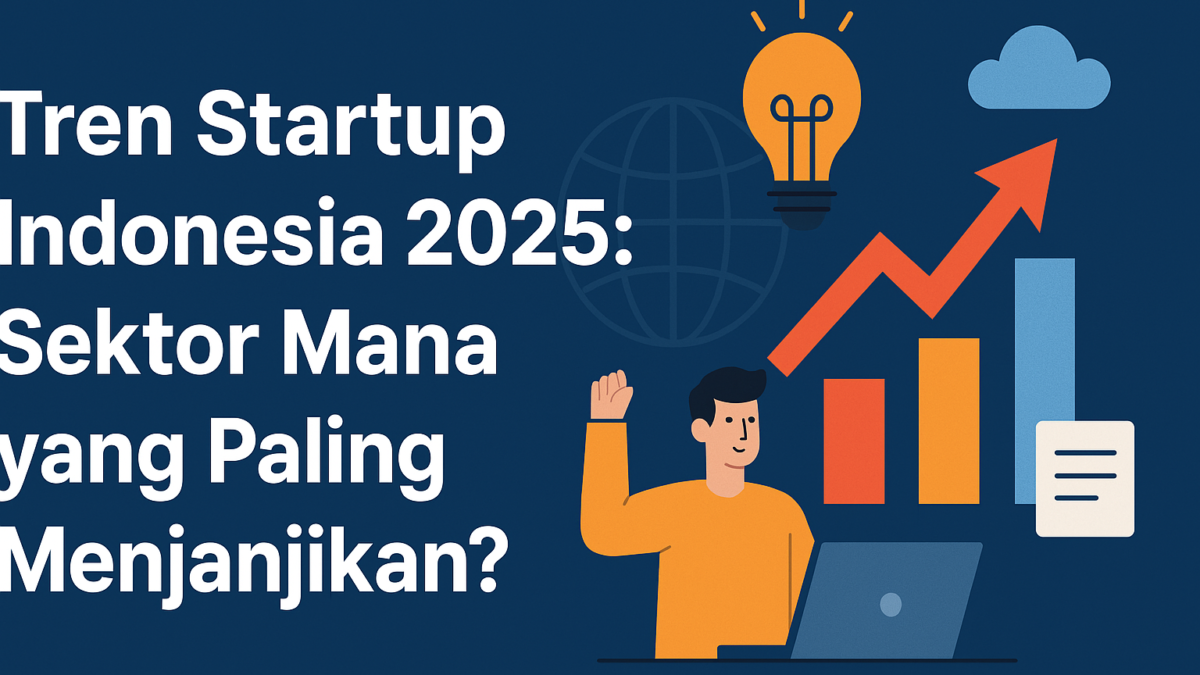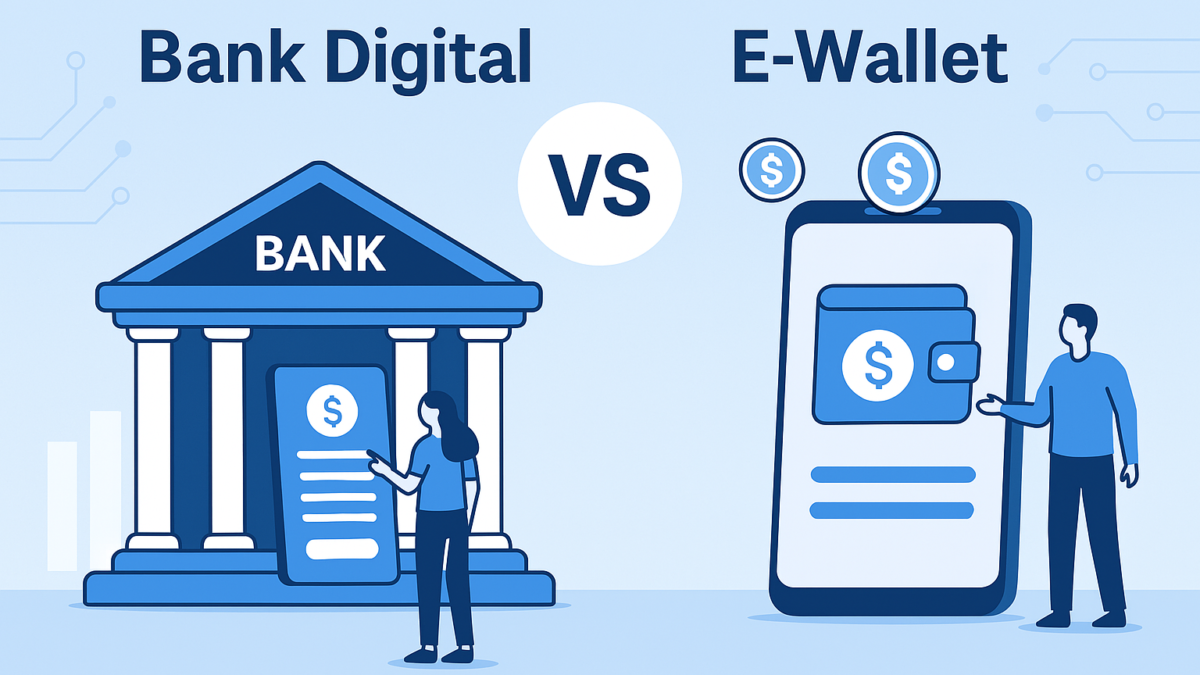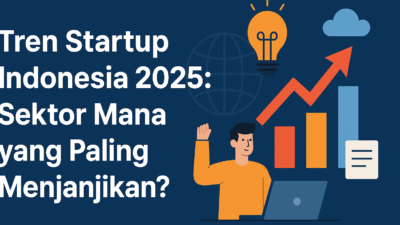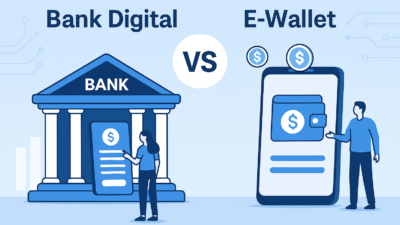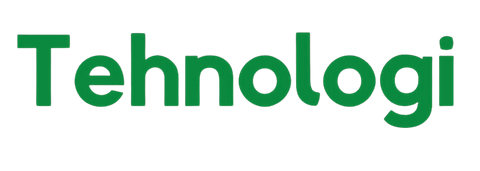
Overview
In today’s competitive business landscape, acquiring new customers is only half the battle. Keeping them loyal to your brand is where the real challenge—and opportunity—lies. Customer retention not only boosts revenue but also reduces marketing costs and strengthens brand reputation. This guide explores the fundamentals of customer retention, strategies for building loyalty, and actionable tips for excelling in a competitive market.
Why Customer Retention Matters
- Higher Profit Margins
- Repeat customers spend up to 67% more than new ones, making them more valuable over time.
- Cost Efficiency
- Acquiring new customers is 5-25 times more expensive than retaining existing ones.
- Brand Advocacy
- Satisfied, loyal customers are more likely to recommend your business to others, driving organic growth.
- Competitive Advantage
- A strong focus on retention helps your brand stand out in a crowded marketplace.
Key Metrics for Customer Retention
Understanding and tracking these metrics is essential for measuring retention success:
- Customer Retention Rate (CRR)
- Formula:
(Ending Customers – New Customers) ÷ Starting Customers × 100 - Purpose: Measures the percentage of customers retained over a specific period.
- Formula:
- Customer Lifetime Value (CLV)
- Formula:
Average Purchase Value × Purchase Frequency × Customer Lifespan - Purpose: Estimates the total revenue a customer brings over their relationship with your business.
- Formula:
- Net Promoter Score (NPS)
- Purpose: Gauges customer loyalty by asking how likely customers are to recommend your business.
- Churn Rate
- Formula:
(Customers Lost During Period ÷ Total Customers at Start) × 100 - Purpose: Tracks the percentage of customers who stop doing business with you.
- Formula:
Strategies for Effective Customer Retention
- Deliver Exceptional Customer Service
- Train your team to provide prompt, empathetic, and solutions-oriented support.
- Use tools like chatbots and CRM software to streamline customer interactions.
- Personalize the Customer Experience
- Leverage customer data to offer tailored recommendations, exclusive offers, and relevant content.
- Example: Use email campaigns to send birthday discounts or recommend products based on purchase history.
- Build a Loyalty Program
- Reward repeat customers with points, discounts, or perks.
- Example: Starbucks Rewards encourages frequent visits with points redeemable for free drinks.
- Communicate Regularly and Effectively
- Keep customers engaged with email newsletters, updates on new products, and special offers.
- Example: Send personalized follow-ups after purchases to show appreciation.
- Solicit Feedback and Act on It
- Regularly ask for customer input via surveys, reviews, or direct outreach.
- Example: Implement improvements based on common customer suggestions to show you value their opinions.
- Provide Consistent Quality
- Ensure your product or service consistently meets or exceeds customer expectations.
- Example: Zappos is renowned for its exceptional service and reliable product quality.
- Offer Convenience
- Simplify processes like account management, reordering, or accessing support.
- Example: Amazon’s “1-Click Ordering” reduces friction in the purchase process.
Tactical Tips for Boosting Retention
- Onboarding Excellence
- Create a seamless onboarding experience to help new customers understand and use your product or service effectively.
- Anticipate Customer Needs
- Use data analytics to predict customer preferences and proactively address potential issues.
- Engage on Multiple Channels
- Maintain a strong presence across social media, email, and customer portals to stay connected with your audience.
- Upsell and Cross-Sell Strategically
- Introduce complementary products or premium services that align with customer needs.
- Offer Exclusive Access
- Create a sense of privilege by offering early access to new products, members-only events, or VIP customer service.
Avoiding Common Customer Retention Pitfalls
- Over-Promising and Under-Delivering
- Be transparent about what customers can expect, and always aim to exceed those expectations.
- Ignoring Negative Feedback
- Treat complaints as opportunities to improve and win back customer trust.
- Stagnant Offerings
- Continuously innovate and refresh your product or service to stay relevant in the market.
- Neglecting High-Value Customers
- Identify and prioritize your top spenders with exclusive benefits or personalized attention.
Tools to Improve Customer Retention
- CRM Software (e.g., HubSpot, Salesforce)
- Manage customer relationships, track interactions, and automate communication.
- Email Marketing Platforms (e.g., Mailchimp, Constant Contact)
- Engage customers with personalized email campaigns and offers.
- Survey Tools (e.g., Typeform, SurveyMonkey)
- Gather customer feedback to identify areas for improvement.
- Loyalty Program Platforms (e.g., Smile.io, Yotpo)
- Create and manage rewards programs to encourage repeat business.
- Analytics Tools (e.g., Google Analytics, Mixpanel)
- Monitor customer behavior and retention metrics.
Case Studies: Retention Success Stories
- Apple
- Strategy: Focuses on ecosystem integration, ensuring customers are locked into their products (e.g., iPhone, Mac, Apple Watch).
- Result: Exceptional customer loyalty and low churn rates.
- Netflix
- Strategy: Regularly updates its content library and uses algorithms to recommend personalized content.
- Result: High engagement and subscriber retention.
- Chewy
- Strategy: Provides personalized customer service, including handwritten notes and surprise gifts.
- Result: Loyal customers who actively recommend the brand.
Conclusion
Customer retention is the cornerstone of a sustainable and successful business. By delivering exceptional value, personalizing experiences, and consistently engaging with your audience, you can build lasting relationships in a competitive market. Focus on retention, and your customers will not only stay—they’ll help your business thrive.

